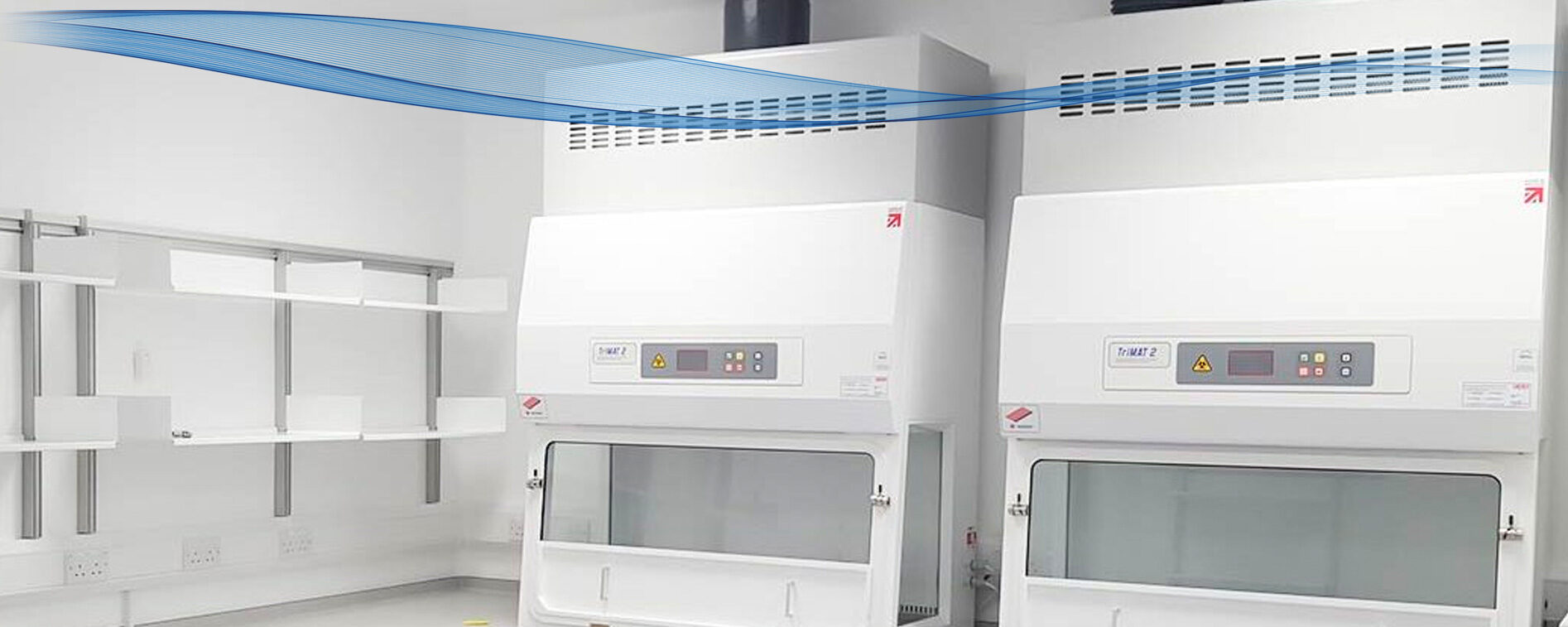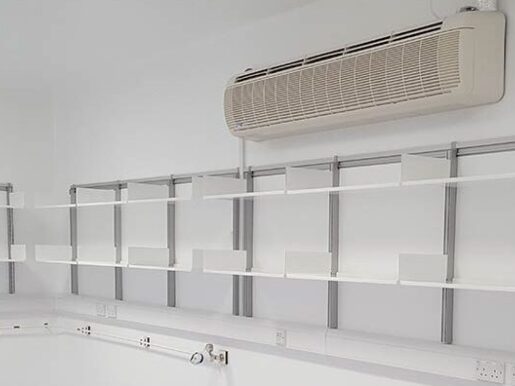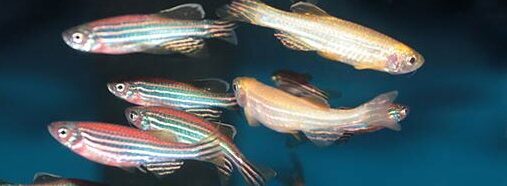

MAT and the Mostowy Lab at LSHTM
“MAT is large enough to cope with any issues but small enough to care, and this was evident throughout. It was a pleasure to work with MAT and the team that was assembled for the project, and we hope to have the opportunity to work together again.”
John Starmer: Estates Director, LSHTM
The best research deserves the best facilities, and when the London School of Hygiene & Tropical Medicine (LSHTM) needed a new purpose-built suite of microbiology containment laboratories for Dr Serge Mostowy, Professor of Cellular Microbiology, to continue his exciting and innovative research into controlling infection, Medical Air Technology (MAT) proved to be the ideal construction partner. The completed suite is made up of two Category or Containment Level (CL) 2 laboratories and three CL3 laboratories. The containment level relates to the equivalent biological agent hazard group as defined by the Control of Substances Hazardous to Health (COSHH) Regulations and categorised by the Advisory Committee on Dangerous Pathogens (ACDP).

Security
The Mostowy Lab would be investigating Shigella, estimated to be responsible for 125 million cases of diarrhoea annually and around 160,00 deaths, a third of which are young children. Shigella flexneri is a Schedule 5 bacteria, as defined by the Biological Security for Pathogens and Toxins guidelines, and as such requires particular security measures, outlined in the Anti-terrorism, Crime and Security Act 2001. All areas in the new laboratory suite are SR4 security rated, as detailed in LPS 1175 Security Ratings, which relates to the physical security of intruder-resistant building components. MAT has worked on many Schedule 5 laboratories, and was able to ensure that all necessary actions, checks and precautions were taken, demonstrating the importance of working with a specialist contractor on complex projects such as this.
Construction of the Mostowy Lab
With Dr Mostowy preparing to join LSHTM, building his laboratory was a priority. LSHTM knew of MAT’s experience in this highly specialised arena, and approached the company to build the Mostowy Lab, as it is now called. A project of this size can take years to develop, with several months being spent on design alone. However, if the lab was to be ready for Dr Mostowy’s arrival, the team from MAT had just 30 weeks for design development, installation and commissioning. This was only made possible by close collaboration between MAT and LSHTM, and an absolute commitment from all involved to have the lab ready in time.
LSHTM stripped out the floor area in preparation for the new suite, with MAT designing the layout as well as the critical ventilation system. Special considerations included extra ventilation and cooling for a high-powered laser confocal microscope. LSHTM had confidence in MAT to interpret what was needed, working with its own project manager and safety team. Work progressed very smoothly, with decisions made quickly and efficiently as needed.
The major redevelopment of an adjacent LSHTM site was being carried out at the same time, so it was vital to co-ordinate works to ensure everything ran to plan. Working on a Central London site. presented additional challenges around congestion and delivery. This was addressed through phased and out-of-hours deliveries, with everyone involved pulling together to ensure progress on both projects was unhindered.
The Lab in Use
The use of zebrafish is an emerging approach to studying infection, and one Dr Mostowy has helped to pioneer. In its first days of life, the tiny embryo zebrafish is completely translucent. This means scientists can examine what happens at a biological level when bacterial infection, such as Shigella, is introduced into its body via a microinjector – a microscope with an incorporated micromanipulator for precise needle positioning.
Anyone visiting the technologically advanced new lab, well equipped with a multitude of microinjectors and microscopes, will see scientists examining petri dishes containing the infected zebrafish embryos, using high resolution microscopy to observe incredibly clear images of the bacteria spreading and the immune system responding. It is hoped that understanding the mechanisms different infections use to attack cells and multiply will ultimately lead to the development of targeted ways to stop them.
A Successful Project
Antimicrobial resistance (AMR) is considered by the World Health Organization to be one of the biggest threats to global health. MAT, along with everyone involved in the design and construction of the Mostowy Lab, was honoured to have the opportunity to play a role in something that could lead to the development of new ways to fight infection.
“Throughout the project, the MAT team provided leadership and remained calm when solutions were required to keep the project on track; it was this diligent method of working that enabled the lab to open on time to provide a facility to enable essential scientific research for LSHTM and the Faculty of Infectious Tropical Diseases.”
John Starmer: Estates Director, LSHTM

For more information, please contact Will Evans:
Email: will.evans@medicalairtechnology.com
Tel: 0844 871 2100

